9 lessons Mad Men can teach freelance designers
The hard drinking, chain smoking admen of Mad Men are a blueprint for modern creatives. No, really.
The critically acclaimed drama Mad Men has won fans globally for its darkly comic and stylish depiction of a 1960s New York advertising agency; especially the adventures of its creative director, the liquid-lunch loving Don Draper.
It may be fiction and it may be old-fashioned, but modern freelancers can learn a few things from the dysfunctional dipsomaniacs of Mad Men. Here are nine tips we’ve gleaned from a forensic viewing of this essential series...
Note: spoilers ahead!
- Read all our career-related articles here
01. Never rely on one client
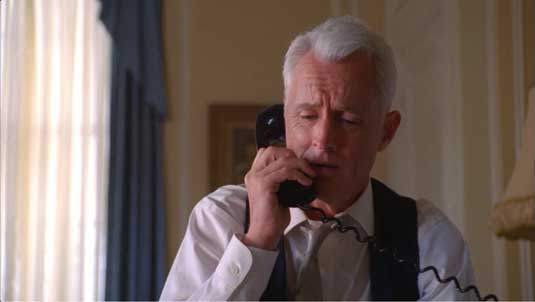
Roger Sterling’s one job at every incarnation of Sterling Cooper is to look after the hugely lucrative Lucky Strike account. He spends most of four seasons just cracking wise, slugging back Martinis and, occasionally, taking abuse from Lucky Strike CEO Lee Garner Jr.
When the company leaves the agency near the end of season 4, Roger’s left without a role. Don’t be like Roger. A good freelancer is always pitching and always looking for new business, even when the going is good.
02. Communicate your value
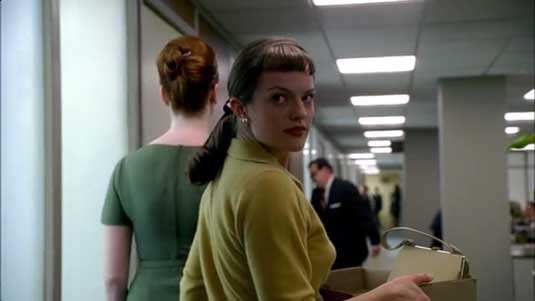
Major character Peggy Olson starts out as a secretary in season one and ends up as acting head of creative by season six. She does it by communicating her needs properly from the start, letting her bosses know she has what it takes to succeed.
Creative freelancing can feel like you’re starting from nothing with each new client - and you are. It’s part of your job to communicate your experience and value every time. It’s just as important as finding out what they want.
03. Make your own breaks

In the season two episode The Benefactor, plodding Account Executive Harry Crane asks agency partner Roger Sterling for the title 'Head of TV'. “You are now head of the television department, which consists solely of you," Sterling replies, drunkenly. By Season six, Crane is fronting the most successful part of the business...
Daily design news, reviews, how-tos and more, as picked by the editors.
As a freelancer, you have to make your own breaks. It could be by spotting a niche that no one has filled or successfully predicting where your business is heading. It could be finding clients who don’t yet know they need you. Without those breaks, your business won’t develop.
04. Know your market

In the early seasons, when Don Draper is still winning contracts, he pitches from a position of insight; he knows what his clients need better than they do, because he knows what their customers think.
Not everyone can have Don Draper’s supernatural insight - but you can approximate it with good research. Pitching is as much about the market as it is the idea. You can have the best concept in the world but, unless it fits the audience, you won’t win the work.
05. Put in the hours
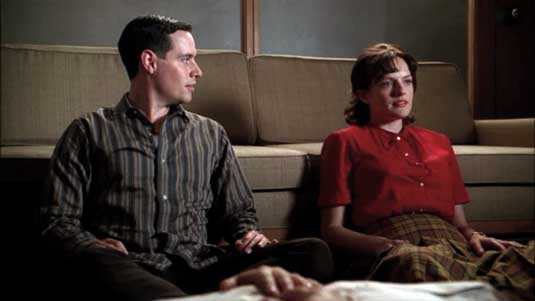
The creative team at Sterling Cooper pull all-nighters (My Old Kentucky Home - season 3) and work through birthdays (The Suitcase - season 4). Even the senior partners drag themselves away to the office at the weekend when the stakes are high enough (Shut the Door Have a Seat - 3).
Talk to any successful freelancer about holidays and they’ll say “what holidays?” Freelancing has many advantages over working in an organisation, but short hours are not among them - especially when you’re starting out.
06. Sweat through the small stuff
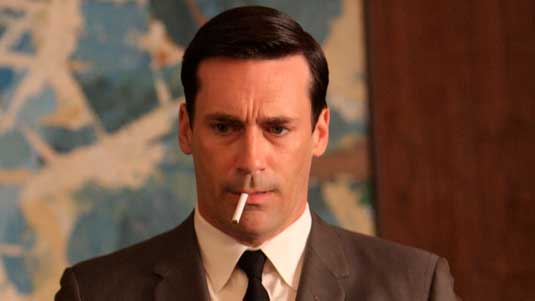
In the season 6 opener The Doorway, Don Draper - growing bored of his work at Sterling Cooper - has a chance meeting with a Vietnam-bound GI. He later finds they’ve swapped lighters, discovering the inscription: “Often we have to do things that are just not our bag."
We’re not saying you have to fight a senseless ground war against a guerilla army to get ahead as a freelancer - but sometimes you do have to take a job you don’t want; the boring, bread and butter stuff that sends Don Draper stumbling to the drinks cabinet.
07. Polish your presentation
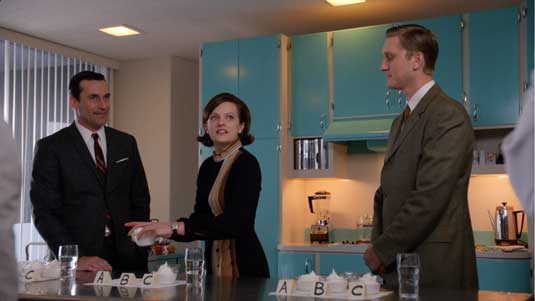
In Mad Men, the agency fails to win clients when they’re least prepared. In the season 5 episode Lady Lazarus, Peggy and Don ruin a pitch for Cool Whip when their unrehearsed routine sounds like a domestic argument. The perky slogan "Just Taste It!" comes out as the tetchy "Just try it, already!".
Every time you pitch, you’re applying for work. Make sure you know the concept and patter backwards and forwards before your present.
08. Move with the times
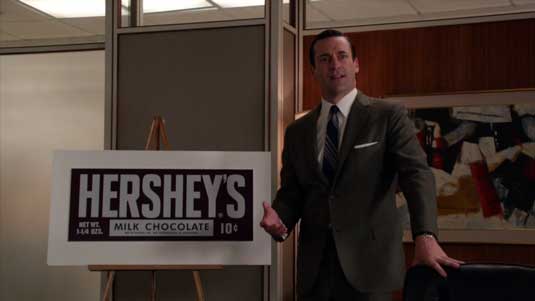
Lead character Don Draper starts the series as a creative Colossus who can do no wrong. By season 6, he’s a confused has-been who makes bad decisions. Why?
The times change, but Draper doesn’t.
As the 60s become more psychedelic, Draper’s Cary Grant hair and saccharine ideas become anachronistic. As a creative, you have to be constantly learning, refreshing your skills and keeping in touch with what’s current.
09. Pick yourself up and start over
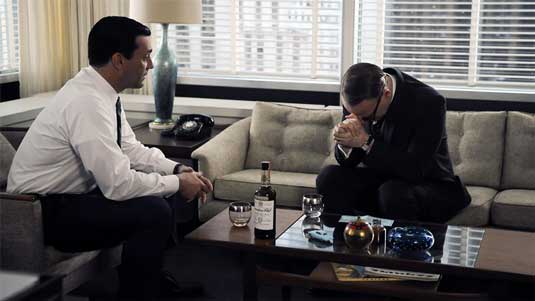
In some episodes of Mad Men, events take a dark turn. People lose their jobs, clients fire the agency and financial meltdown drives one regular character, Lane Pryce, to suicide.
But every time disaster strikes, the core troupe regroups. In the season 3 finale, for example, the partners face a hostile takeover, but leave to start their own agency.
These ups and downs are the nature of drama, but life’s like that too. As a freelancer, you’ll make mistakes and you will lose the occasional client. But this is what’s important; it’s never the end of the world. Learn from it and move on to the next episode.
Words: Karl Hodge
Karl Hodge is a technology journalist who teaches Digital Journalism at Leeds Met and writes books. Follow him on Twitter @karlhodge.

Thank you for reading 5 articles this month* Join now for unlimited access
Enjoy your first month for just £1 / $1 / €1
*Read 5 free articles per month without a subscription

Join now for unlimited access
Try first month for just £1 / $1 / €1

The Creative Bloq team is made up of a group of art and design enthusiasts, and has changed and evolved since Creative Bloq began back in 2012. The current website team consists of eight full-time members of staff: Editor Georgia Coggan, Deputy Editor Rosie Hilder, Ecommerce Editor Beren Neale, Senior News Editor Daniel Piper, Editor, Digital Art and 3D Ian Dean, Tech Reviews Editor Erlingur Einarsson, Ecommerce Writer Beth Nicholls and Staff Writer Natalie Fear, as well as a roster of freelancers from around the world. The ImagineFX magazine team also pitch in, ensuring that content from leading digital art publication ImagineFX is represented on Creative Bloq.
